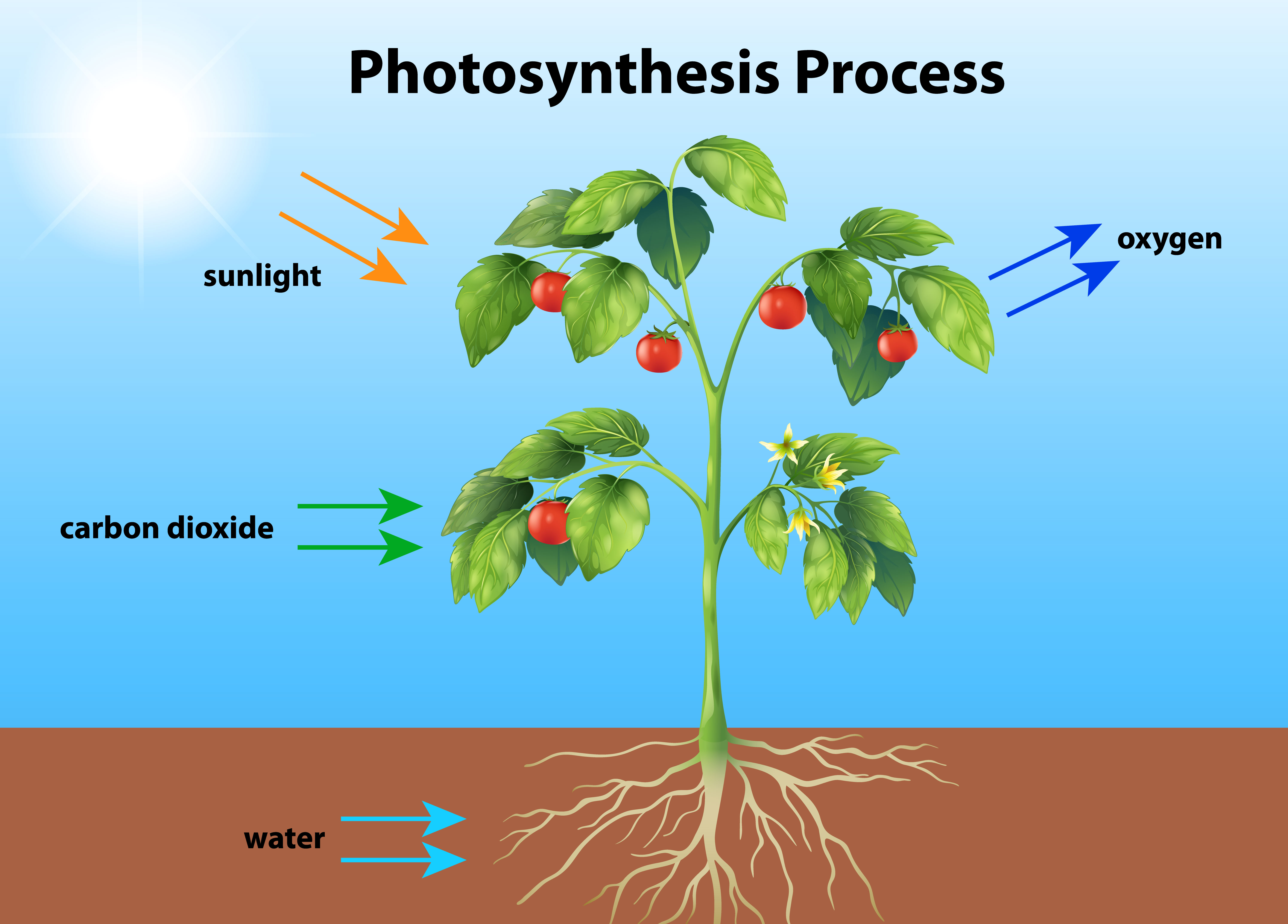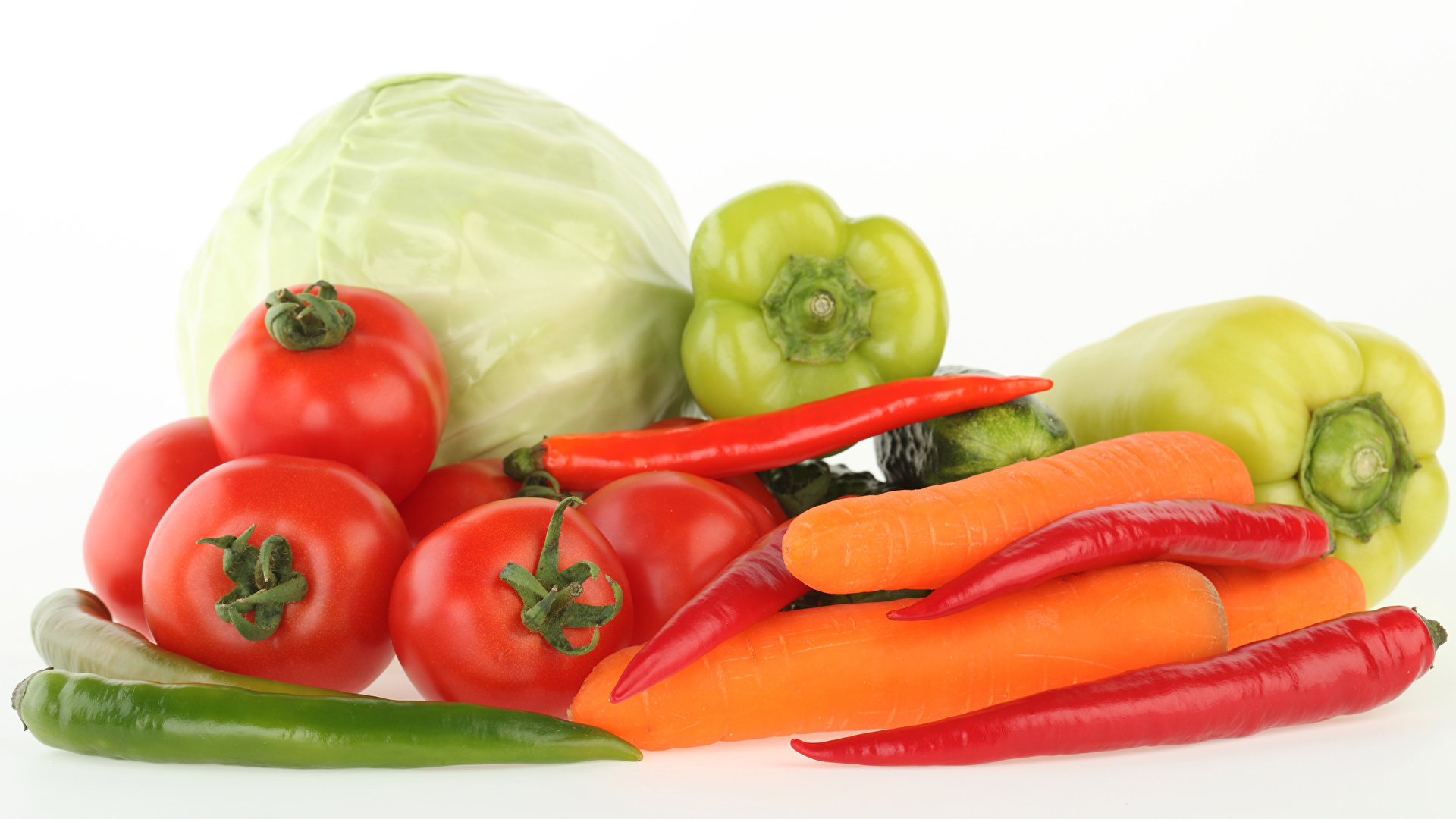Why Are Units So Important?
In our daily lives, we rely on various units to measure and describe the world around us. Units provide a standardized way to quantify physical quantities, ensuring consistent communication and understanding across cultures and professions. Let’s explore some of the most commonly used units and their practical applications.
1. Temperature: Celsius, Fahrenheit, and Kelvin
Temperature indicates how hot or cold an object or environment is. The Celsius (°C) scale is commonly used worldwide for weather reports and cooking purposes. For instance, under normal atmospheric pressure, water turns to ice at 0°C and boils into steam at 100°C.
In the United States, Fahrenheit (°F) is more common. Here, water freezes at 32°F and boils at 212°F. Scientists often use Kelvin (K), which starts at absolute zero, the coldest possible temperature. A cup of coffee, for instance, might be around 340 K in scientific terms.
2. Length: Meter, Inch, and Foot
The meter (m) is the primary unit used to measure length in the metric system. It’s used globally for construction, science, and athletics. For example, a 100-meter sprint is a popular track event.
In contrast, the inch (in) and foot (ft) are prevalent in the United States. A television screen might be described as 55 inches, while a person’s height could be six feet tall.
3. Mass: Kilogram, Pound, and Ounce
Mass is the measure of the material that makes up an object. The kilogram (kg) is the base unit in the metric system, and it’s used worldwide in industries like food packaging and medicine. A bag of sugar might weigh 1 kg.
In the imperial system, the pound (lb) is common. For example, a newborn baby might weigh 7 pounds. Smaller quantities, such as spices, are often measured in ounces (oz).
4. Time: Seconds, Minutes, and Hours
Time is universal, and its units are consistent across cultures. The second (s) is the fundamental unit, with 60 seconds making a minute and 60 minutes an hour. For example, an Olympic sprinter might complete a race in just under 10 seconds.
5. Volume: Liter, Gallon, and Milliliter
Volume measures how much space a substance occupies. The liter (L) is the metric standard, commonly used for beverages and fuel. For example, a water bottle might hold 1.5 liters.
In the U.S., the gallon (gal) is more common, especially for gasoline. Smaller quantities, like perfume, are often measured in milliliters (mL)—a standard perfume bottle might contain 50 mL.
6. Speed: Kilometers per Hour vs. Miles per Hour
Speed quantifies how fast something is moving. The kilometer per hour (km/h) is the metric standard, often used on road signs in most countries. For example, the speed limit on highways might be 100 km/h.
In the U.S. and the UK, miles per hour (mph) is used instead. A car going 60 mph is approximately traveling at 96.5 km/h.
7. Electric Current: Ampere
Electric current is measured in amperes (A). For instance, a phone charger might draw 2.1 amperes. This unit is critical in electrical engineering and daily appliances.
Final Thoughts
Units of measurement are essential for comprehending and engaging with the world around us. They bring precision and clarity to science, commerce, and everyday life. Whether you’re cooking a meal, driving a car, or building a skyscraper, these standardized measurements help ensure accuracy and efficiency in all our endeavors.



